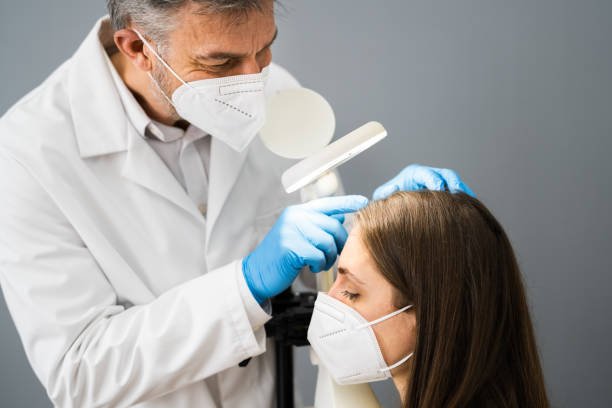What a Hair Doctor Can Do for You
When it comes to our hair, we want what’s best for it. However, sometimes, no matter how well we take care of it, things still go awry.
If you’re losing more hair than you’re supposed to and are now at your wit’s end, it’s probably time to see a hair doctor. Here’s what they can do for you.
Nonsurgical Treatments a Hair Doctor Can Offer
There are many non-surgical hair restoration methods. These include the following:
- Medications
Minoxidil is applied to the scalp to encourage hair growth. It is available over the counter in various strengths and must be used consistently for best results.
Finasteride works by blocking the production of a hormone called DHT, which is responsible for causing hair loss. Finasteride can be taken orally or applied topically to the scalp.
- Low-level laser therapy
This treatment involves your hair doctor using low-level laser energy to stimulate hair growth by increasing blood flow and metabolism in the cells of the follicle. It is most effective when used in combination with other treatments, such as minoxidil or finasteride.
- Stem cell therapy
Injections of stem cells into the scalp helped stimulate new hair growth in people with alopecia areata, an autoimmune condition that causes patchy hair loss. A small study found that injecting stem cells into the scalp could help improve hair density and thickness in people with male pattern baldness.
- Platelet-rich plasma (PRP)
PRP therapy involves taking a small sample of your own blood, spinning it in a centrifuge to concentrate the platelets, and then injecting it into your scalp where you are experiencing hair loss. The platelets release growth factors, which stimulate new cell growth and consequently promote hair regrowth. Results from PRP therapy can take several months to become apparent but tend to last long once achieved.
- Allograft
Amniotic allograft treatment involves the use of amniotic cells, which are derived from placental tissue. Often used in combination with PRP therapy, Allograft is aimed at boosting hair growth potential.
- ACell
ACell’sMatriStem® technology contains extracellular matrix (ECM) – a protein complex that serves as a scaffolding for new hair growth – which, when used in conjunction with PRP therapy, has been shown to yield exceptional results.
Surgical Treatments A Hair Doctor Can Perform
To permanently fix hair loss, a hair doctor may recommend hair transplant surgery, which involves them taking healthy hair follicles from one area of the scalp and transplanting them to the balding or thinning areas. Hair transplant surgery can create a natural-looking hairline and restore hair density.
This can be done using different techniques, the most common of which are FUT (follicular unit transplantation) and FUE (follicular unit extraction).
FUT involves removing a strip of skin from the back of the head, which contains healthy hair follicles. Next, individual follicular units are extracted from this strip and then transplanted to the balding or thinning areas. The surgeon will typically use small needles to create tiny incisions in order for each graft to be placed properly. FUE involves using a small punch tool to make tiny incisions in the skin around each follicle. The follicles are then carefully removed and transplanted to the desired area.
Hair Doctor in Kansas City, MO, and Des Moines, IA
At Darling Hair Restoration, Dr. Scott Darlinghas been proudly serving the men and women in Kansas City, Missouri, and Des Moines, Iowa for decades. Working with Dr. Darling means you’ll have access to the most innovative hair restoration treatments, and you can look forward to the best possible outcomes no matter your type of hair loss.
To schedule a consultation with Dr. Darling, call our office today at (816) 792-3400 or use our convenient online request form.










